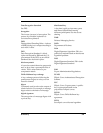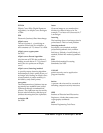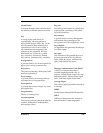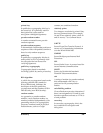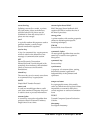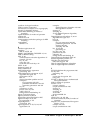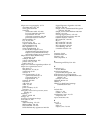
344 RSA BSAFE Crypto-C Developer’s Guide
NIST
National Institute of Standards and
Technology. A United States agency that
produces security and cryptography
related standards (as well as others);
these standards are published as FIPS
documents.
NSA
National Security Agency. A security-
conscious U. S. government agency
whose mission is to decipher and
monitor foreign communications.
one-time pad
A secret-key cipher in which the key is a
truly random sequence of bits that is as
long as the message itself, and
encryption is performed by XORing the
message with the key. This is
theoretically unbreakable.
one-way function
A function that is easy to compute in one
direction but quite difficult to reverse
compute (compute in the opposite
direction).
one-way hash function
A one-way function that takes a variable
sized input and creates a fixed size
output.
PBE
Password Based Encryption. Using a
message digest algorithm to derive a key
from a password.
PKI
Public-key Infrastructure. PKIs are
designed to solve the key management
problem. See also key management.
padding
Extra bits concatenated with a key,
password, or plaintext.
password
A character string used as a key to
control access to files or encrypt them.
PKCS
Public-key Cryptography Standards. A
series of cryptographic standards
dealing with public-key issues; these are
published by RSA Laboratories.
plaintext
The data to be encrypted.
prime factor
A prime number that is a factor of
another number is called a prime factor
of that number.
prime number
Any integer greater than 1 that is
divisible only by 1 and itself. The first
twelve primes are 2, 3, 5, 7, 11, 13, 17, 19,
23, 29, 31, and 37.
privacy
The state or quality of being secluded
from the view and or presence of others.
private exponent
The private key in the RSA public-key
cryptosystem.








